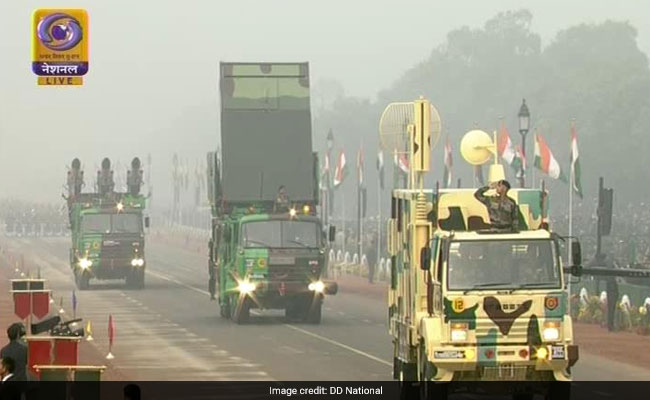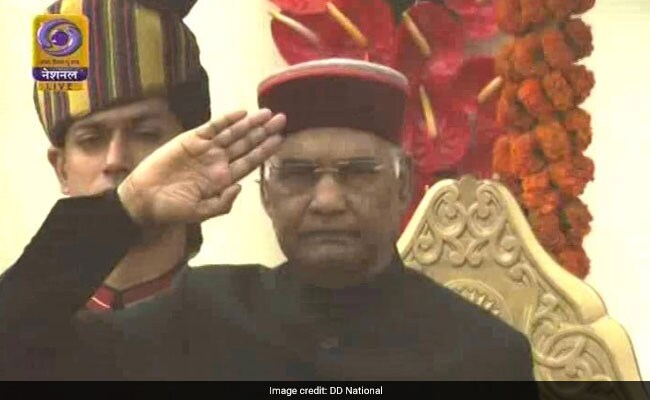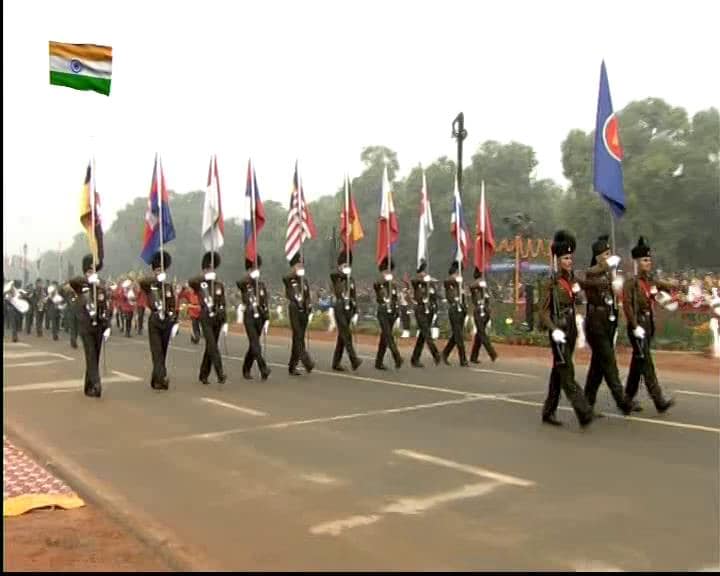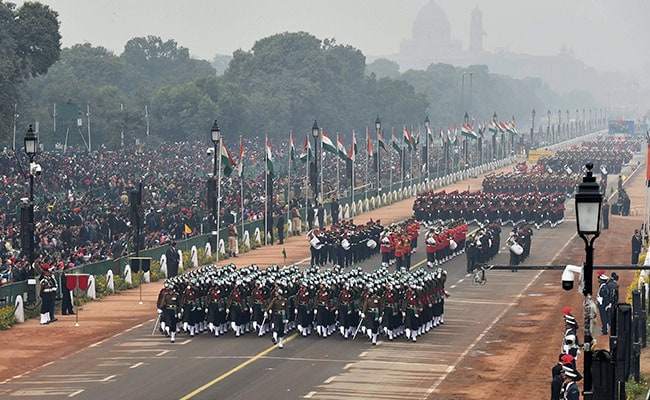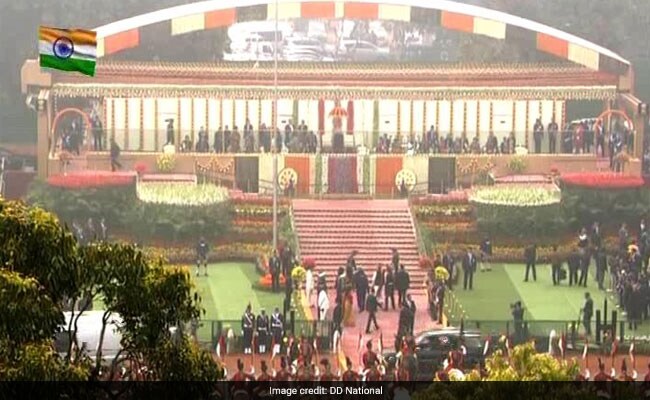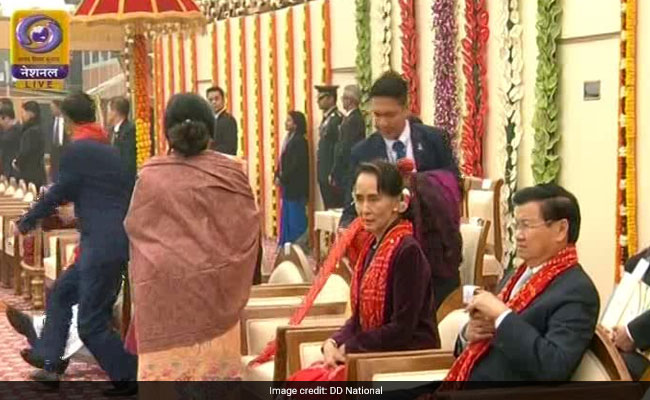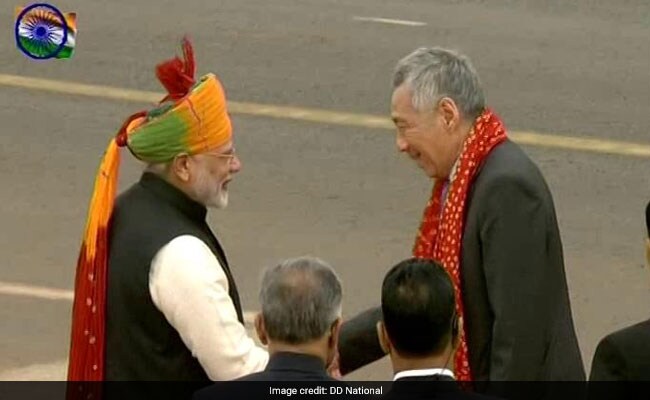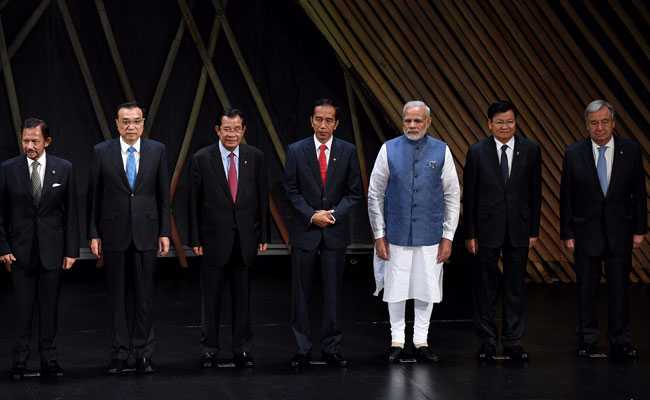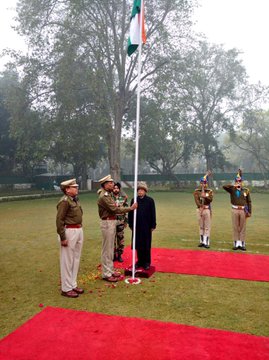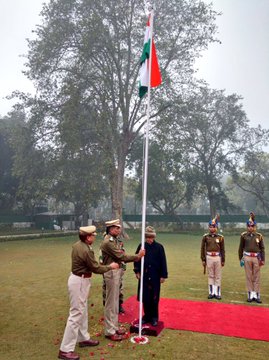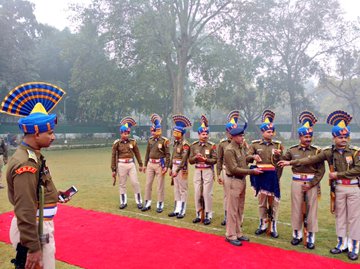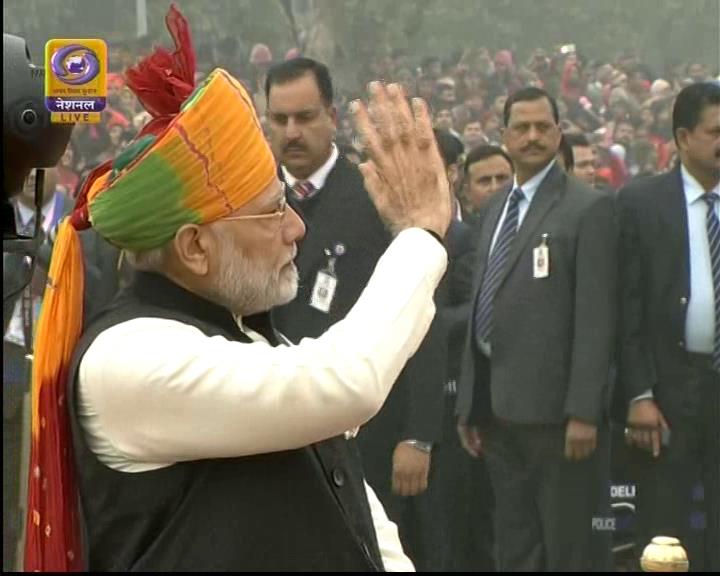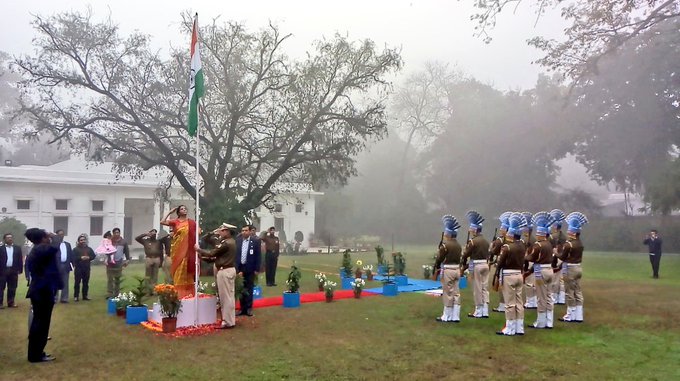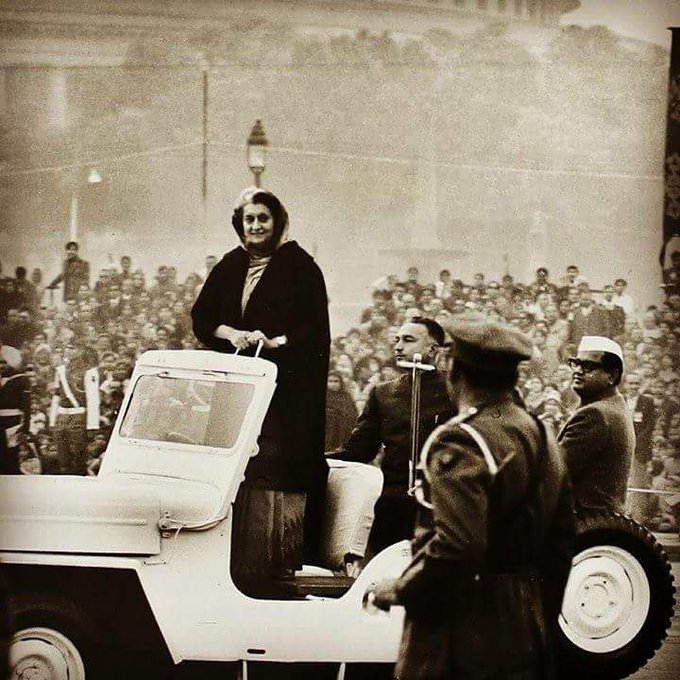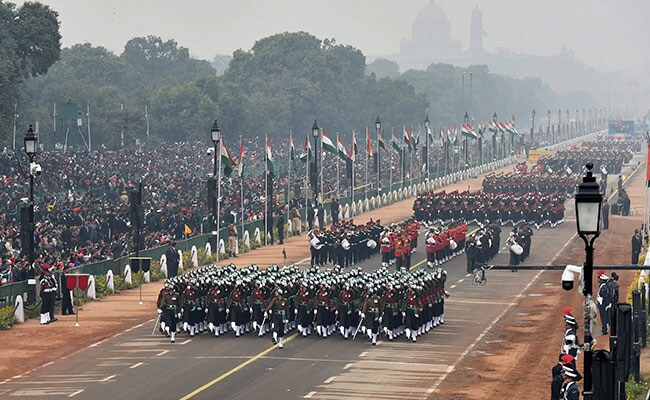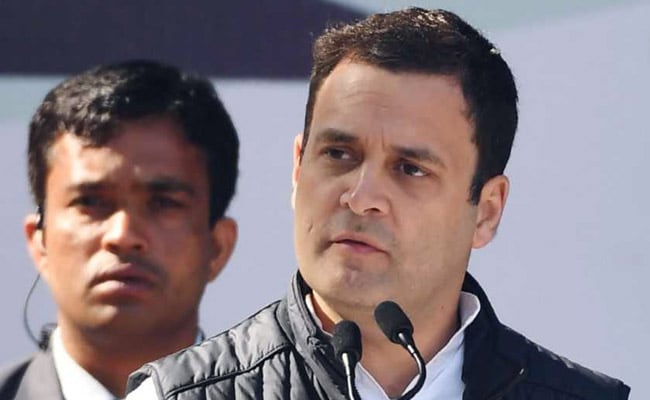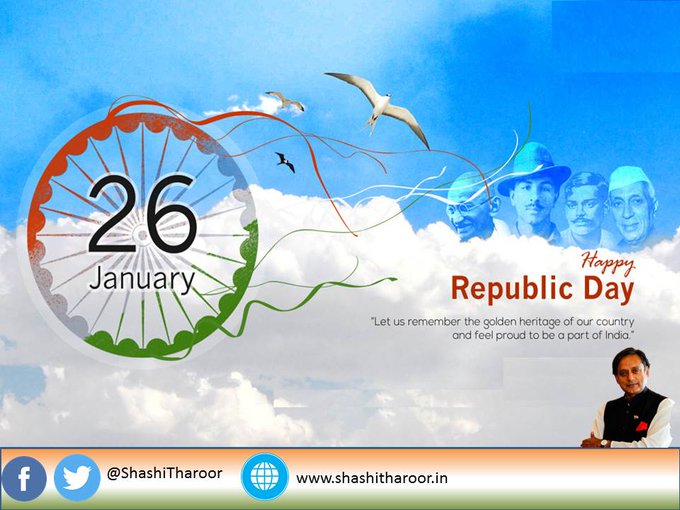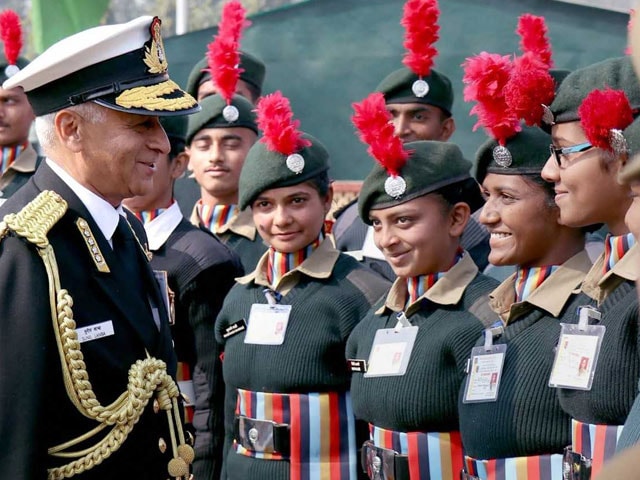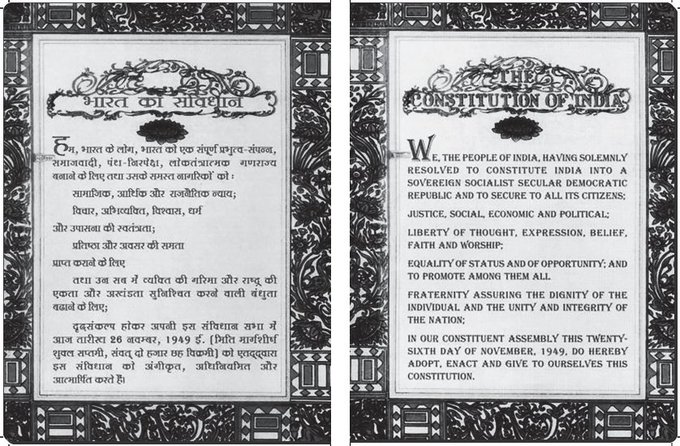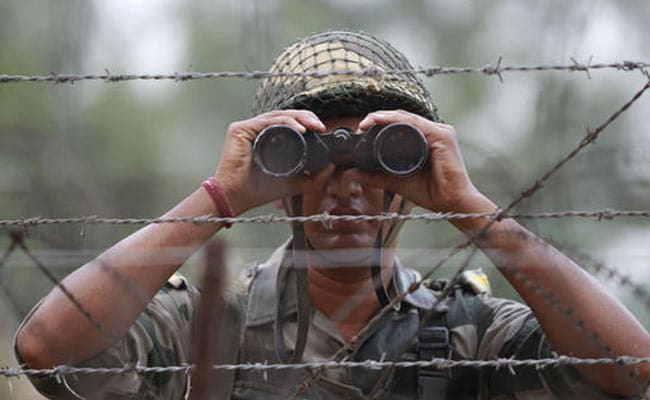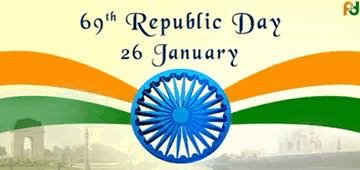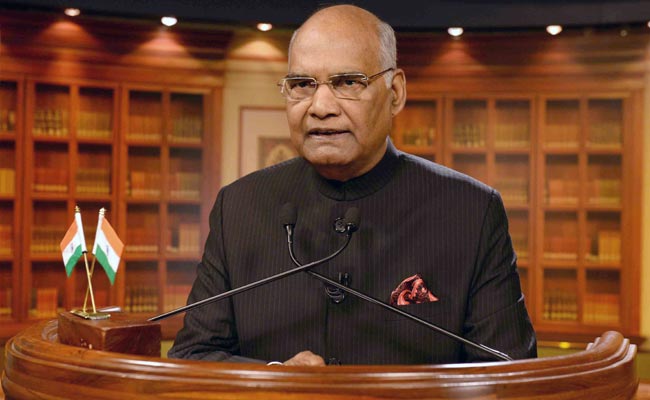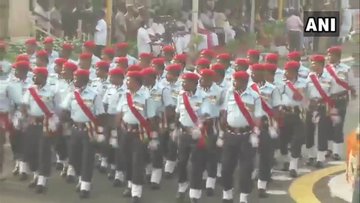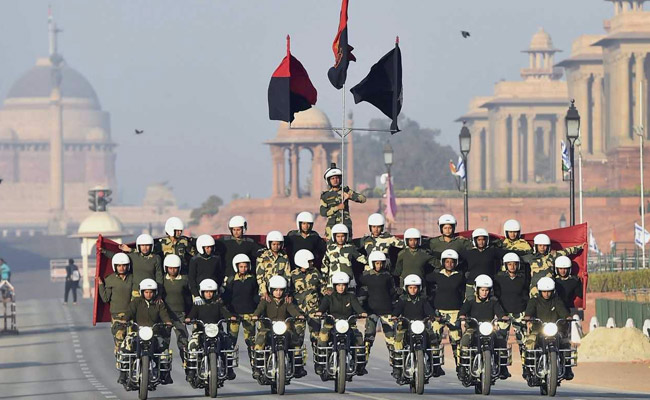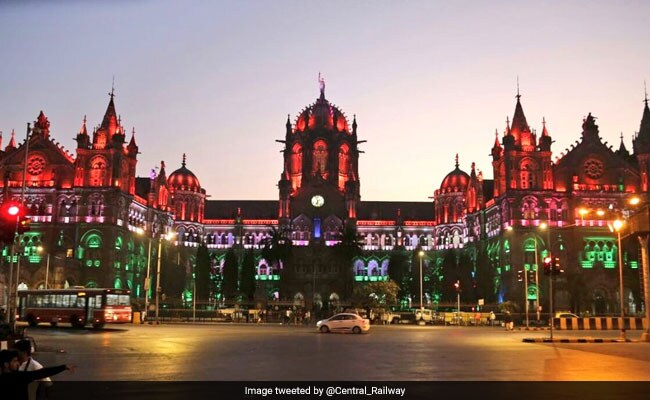Bhumihars are a Hindu caste mainly found in Bihar (including the Mithila region), the Purvanchal region of Uttar Pradesh, Jharkhand, the Bundelkhand region of Madhya Pradesh, and Nepal.
The Bhumihars claim Brahmin status, and are also referred to as Bhumihar Brahmin. In Bihar, they are also known as Babhan and they have also been called Bhuinhar.
The Bhumihars were a prominent land-owning group of eastern India until the 20th century, and controlled nine small princely states and zamindari estates in the region. The Bhumihar community played an important role in the peasant movements of India, and was highly influential in politics of Bihar in the 20th century.
Etymology
The word Bhumihar is of relatively recent origin, first used in the records of United Provinces of Agra and Oudh in 1865. It derives from the word bhoomi ("land"), referring to the caste's landowner status. The term Bhumihar Brahmin was adopted by the community in the late-19th century to emphasise their claim of belonging to the priestly Brahmin class.[7] The alternate name "Babhan" has been described as a distorted colloquial term for "Brahmin".
History
As with many castes in India, there are numerous myths regarding the origins of the Bhumihar community. One legend claims that their ancestors were Brahmins who were set up to take the place of the Kshatriyas slain by Parashurama but some non-Bhumihars have implied that they are the mixed-race offspring of Brahmin men and Kshatriya women.[9] Other legends state that they are the offspring of a union between Rajput men and Brahmin women, or that they derive from Brahman-Buddhists who lost their high position in Hindu society. The Bhumihars themselves dislike these narratives involving "hybridity" or "fallen status", and claim to be pure Brahmins.[7]
By the 16th century, the Bhumihars controlled vast stretches of land in eastern India, particularly in north Bihar. By the late eighteenth century, along with Bihari Rajputs, they had established themselves as the most prominent landholders of the region.[10] Oral legends suggest that along with Muslims and Rajputs, they displaced the Bharand Chero natives of the region.[11] The weakening of the Mughal suzerainty over the region gave rise to several small Bhumihar states. For example, the revenue contractors for the Mughal province of Awadh declared themselves the Maharaja of Benares. They successfully defended their independence against the Nawab of Awadh in the 1750s and 1760s, before becoming a British dependency.[12] Other princely states and fiefdoms ruled by Bhumihars included Bettia, Tekari, Hathwa, Tamukhi, Sheohar, Mahishadal, Pakur and Maheshpur.[9]
The distinctive Bhumihar caste identity was largely created through military service.[13] During early days of British expansion in India, a large number of Bhumihars participated in battles and revolts against the East India Company.[14] The Company also recruited Bhumihar sepoys in large numbers.
Campaign for higher varna status
Bhumihars claim to be descendants of Brahmins who held land grants, a theory supported by scholars such as Jogendra Nath Bhattacharya.[9] However, other communities did not give them the ritual status of Brahmins, as most of them were cultivators during the British Raj.[4] Some of the early censuses of British India categorised Bhumihars as Shudras, the lowest of the four varnas. This was considered insulting, especially since several zamindars (land-owning aristocrats) were Bhumihars.[16]
Like many other aspirational castes, the Bhumihars followed the process of sanskritisation to achieve their end. The Bhumihar zamindars and princely state rulers established caste-based associations (sabhas) to form a community network and to advance their claims to Brahmin status. The Pradhan Bhumihar Brahman Sabha ("Chief Assembly of Bhumihar Brahmins") was established in Patna in 1889. Its objective was "to improve moral, social and educational reforms of the community and to represent the wants of the community to the government".[17] The Bhumihar Brahmin Mahasabha ("great assembly") was established in 1896.[18] The local Bhumihar Brahmin Sabhas included the ones at Muzaffarapur (1899), Patna (1899), Gaya (1900) and Saran (1908).[19] These associations filed numerous petitions to be classified as Brahmins in the 1901 census report. Edward Albert Gait, the author of the census report, stated that the Bhumihars did not remain Brahmins, although there was evidence favouring their Brahmin origin. He wrote that the general Hindu public considered them a separate caste, which is "generally, but not always, regarded as slightly superior" to the Rajput Kshatriyas.[20] Herbert Hope Risley, the Census Commissioner of British India, believed them to be an offshoot of the Rajputs.[9] Persistent pressure from the Mahasabha, who glorified the history of the community, led to official recognition of the Bhumihars as Brahmins in the later Raj censuses. According to Ashwani Kumar, the Bhumihar claim to Brahmin status means that today "unlike other upper castes, [they] guard the local caste hierarchy more zealously for they perpetually feel the pressure of being dislocated and discredited in the topsy-turvy world of caste."[7]
Besides campaigning for the Brahmin status, the caste associations also played an important role in general welfare of the community. In 1899, the Bhumihar Brahmin Mahasabha, with financial aid from a zamindar, established a college at Muzaffarpur. This was accredited to award degrees in the following year and it was a significant development because education in the area was improving rapidly but students desirous of furthering it had to travel to Bhagalpur, Calcutta or Patna. By 1920, 10 per cent of Bhumihars in Bihar were literate, making them one of the few literate castes; in this achievement, however, they were well behind the Kayasthas (33 per cent) and some other groups.[21] In the first half of the 20th century, the Bhumihars suffered increasing economic hardships due to the steady fragmentation of land rights among heirs and the decline in agricultural prices during the Great Depression. During this period, the Bhumihar associations served as community networks that facilitated access to English education and urban employment.[16] As with the Rajputs, Kayasthas and other high castes of Bihar — and as opposed to the methods used by most lower castes — neither the Mahasabha nor any other formal body exercised power to make and enforce caste rules.[22]
The Bhumihar Brahmin Mahasabha held annual sessions in different parts of present-day Uttar Pradesh and Bihar. Among its prominent leaders was Sahajanand Saraswati, a leader of the Bhumihar Brahmin Sabha of Patna. During the Balia session of 1914, Sahajanand defended the Brahmin status of the Bhumihars, using quotes from Hindu scriptures to argue that priestly functions do not alone define Brahmins. In 1916, he published a book titled Bhumihar Brahmin Parichay ("Introduction to Bhumihar Brahmins"), which outlined these arguments. He classified Brahmins into two categories — begging (yachak) and non-begging (ayachak) — and stated that the Bhumihars were among the non-begging Brahmins. The Bhumihars of Uttar Pradesh attempted to popularize the term "Bhumihar Brahmin", while discarding the term "Babhan". However, the term "Babhan" remained popular in Bihar.[19] The recognized Brahmins did not favour the Bhumihar attempts to claim an equal status, and even stopped going to Bhumihar homes to perform ceremonies.
Common surnames
15 surnames used by bhumihar Brahmins are given below:-
Rai: Almost all Bhumihars from Eastern UP have this as surname.
Thakur: A lot of Villages in Kanti, Muzaffarpur natives have Thakur as surname.
Chaudhary: Chaudhary is also visible in Kanti, Muzaffarpur , Katihar, Purnea . Some Bengali Brahmins and Maithil Brahmins also use this title. LoksabhaMP Nikhil Chaudhary and Industrialist Sri Durga Chaudhary are from Purnia.
Sharma: A large section of Bhumihar Brahmins as any other Brahmin have Sharma as surname. Majority of Sharma are located in and around Arwal Jehanabad, Bihar. Famous nationalists and peasant leaders Pandit Karyanand Sharma and Pandit Jadunandan Sharma, Leftist Historian R S Sharma.
Tiwari:in UP & bihar many bhumihar uses this surname
Ojha: A few villages in Chhapara and Muzaffarpur have Bhumihars with Ojhaas sirname. Sri D P Ojha , ex-DGP, Govt. of Bihar.
Mishra: Madhubani and Chhapara have surname as Mishra. Muzaffarpur based SKMCH Medical college First principal Dr B P Mishra is from Chhapra .
Singh: This is a Surname of landlords and big Bhumihar Brahmin Zamindars. Moke-village-Bihar Konch-block.many singh convert thier title to sinha.
Pandey: It is s available in Sahabad and Chhapara. Raghunath Pandey was native of Chhapara.in UP many bhumihar brahmin are there with this surname.
Shahi: They are found in Muzaffarpur and some part of Deoria and Gopalganj (Saran). Hathwa Naresh has Shahi as Surname, L P Shahi (Congress leader).
Shukla: They are also found in Vaishali
Dwivedi: Sitamadhi and West Champaran Land Lords Bhumihars have Dwivedi as surname.
Upadhyay: a few villages in Rohtas/ Kaimur have Bhumihars with Upadhyay as Surname.

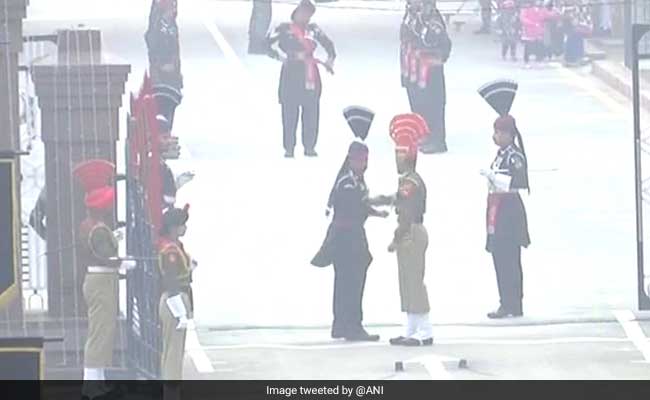



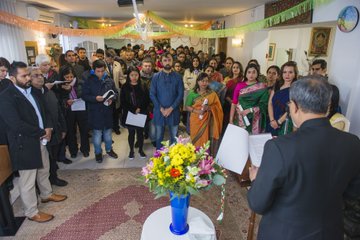
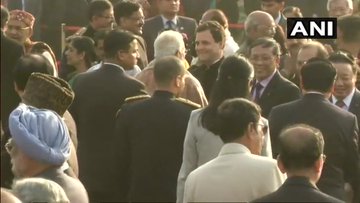
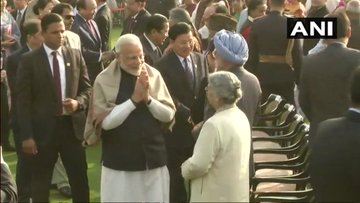
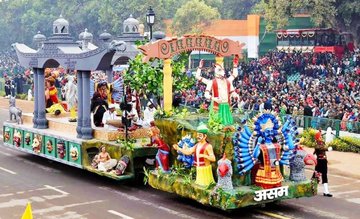
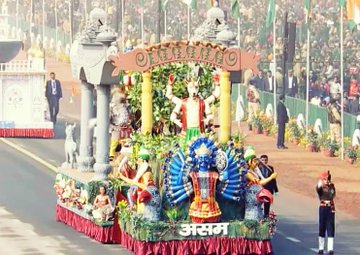
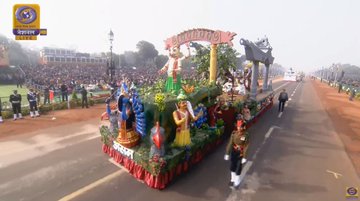
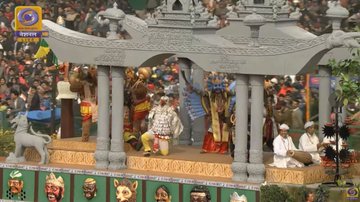
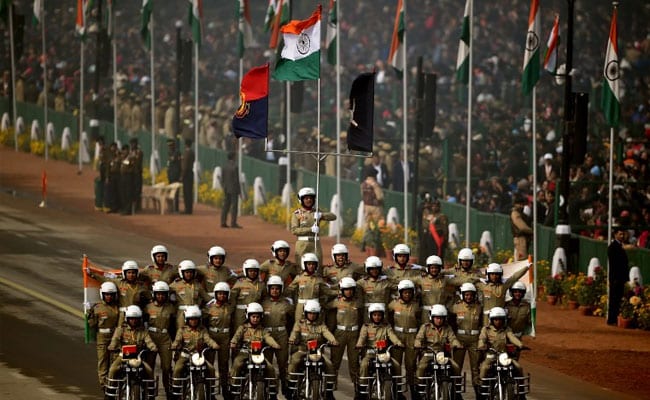
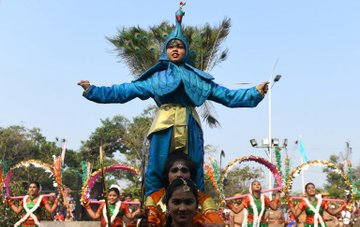
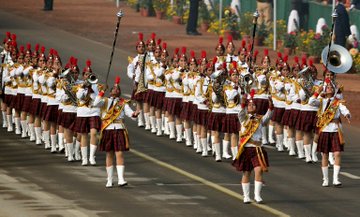
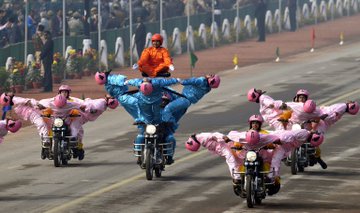

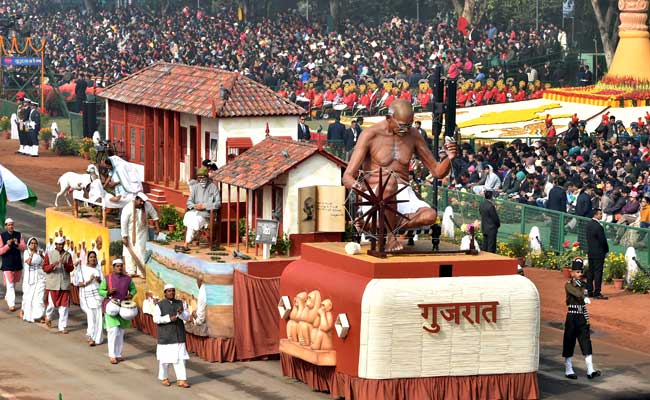
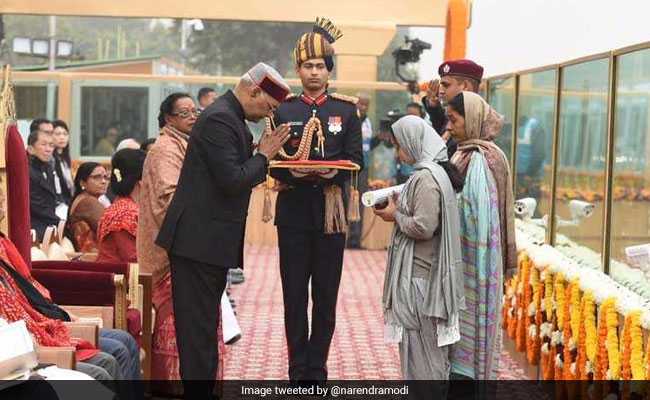


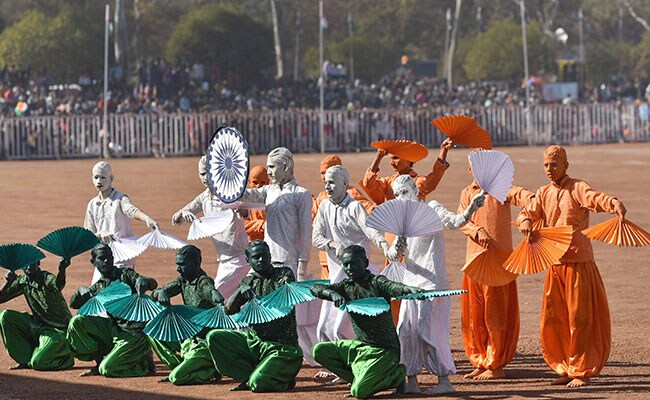
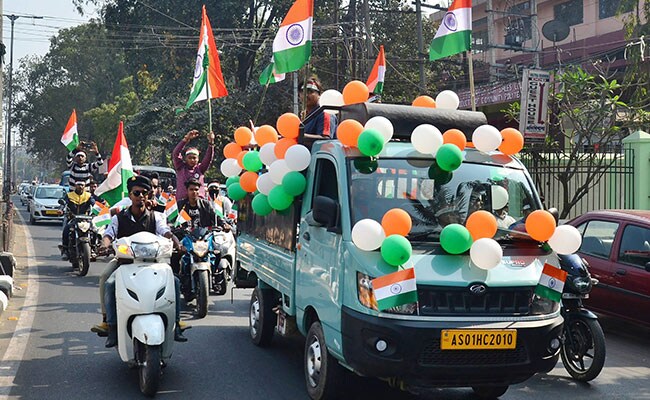
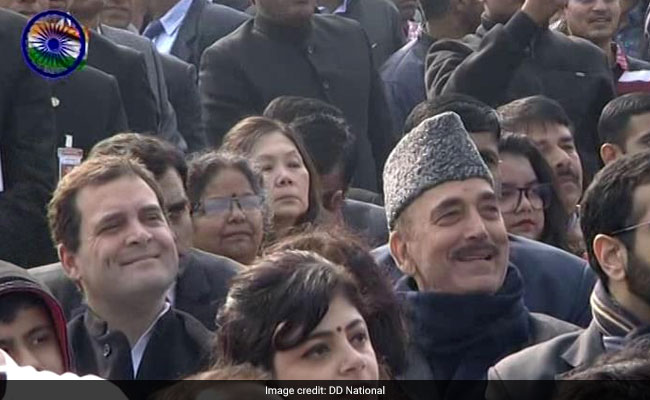
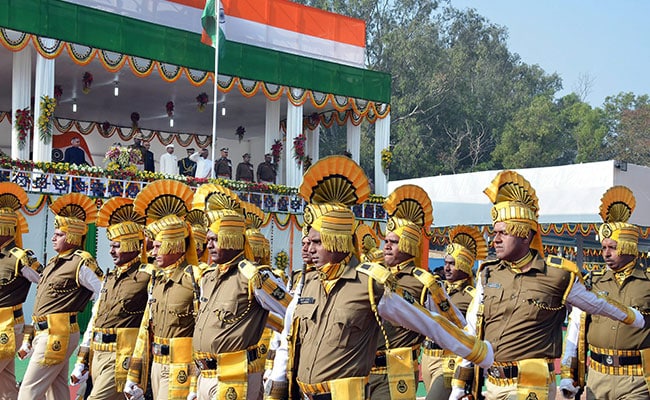
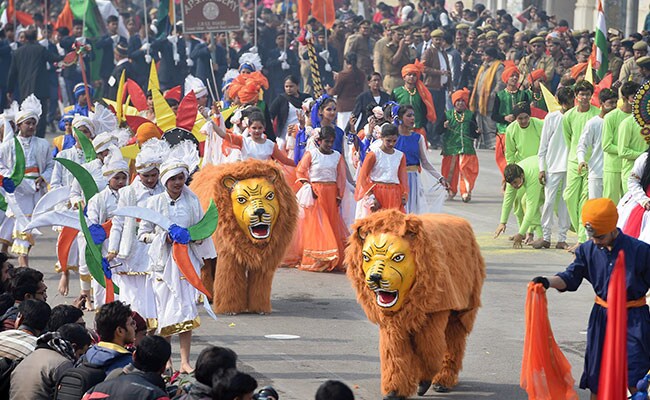
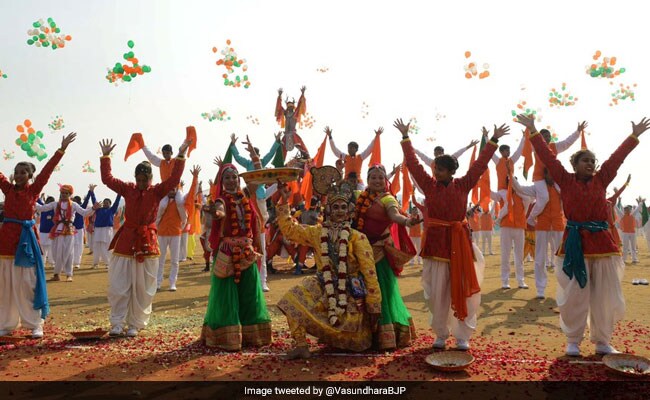
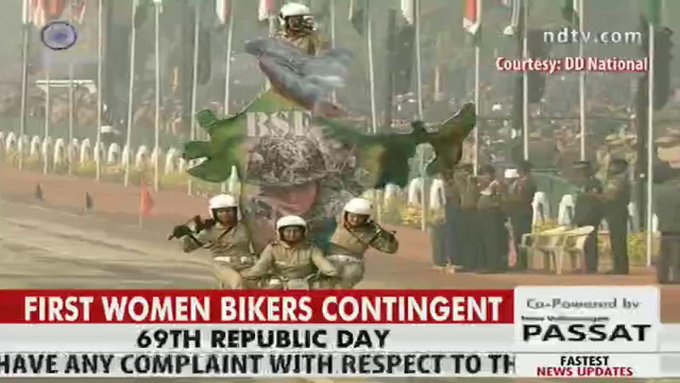

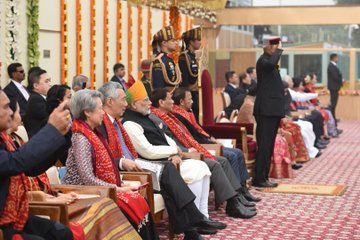
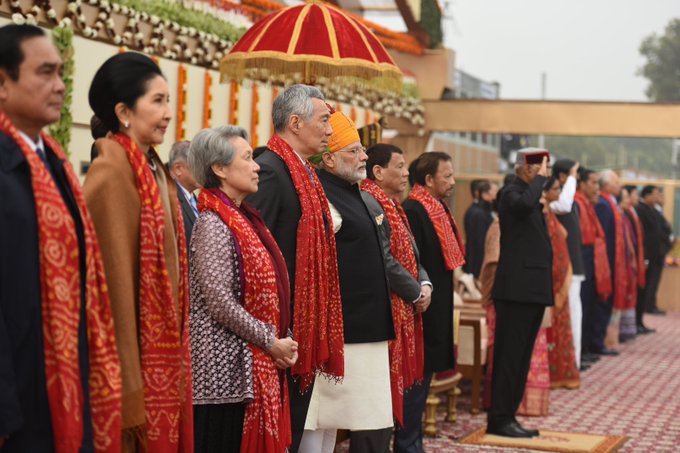
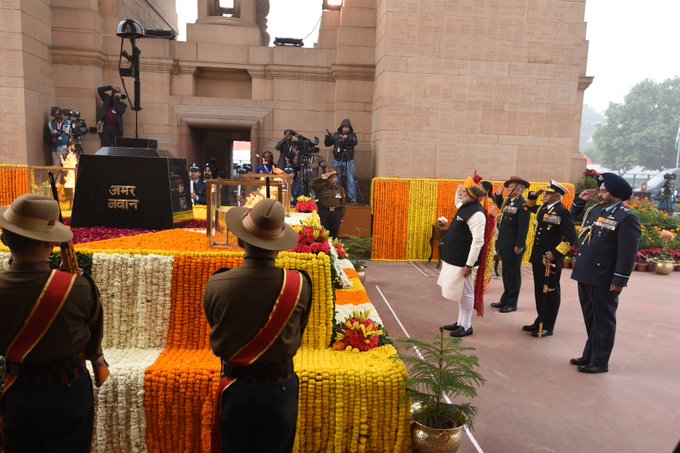
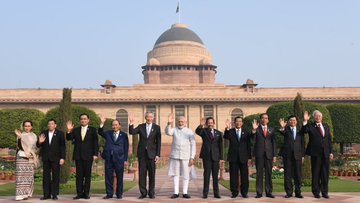
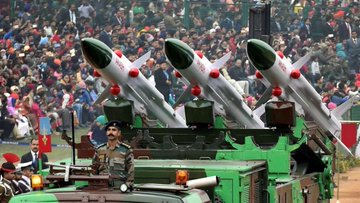
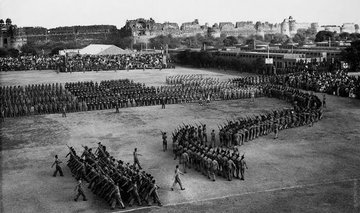
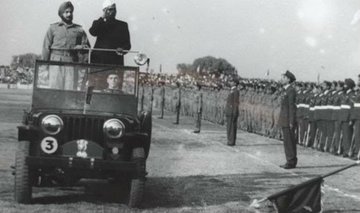
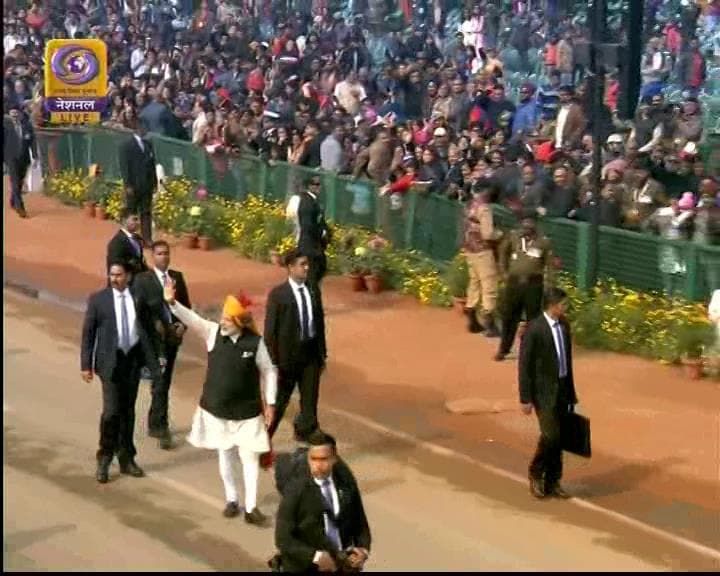


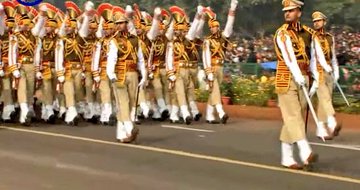


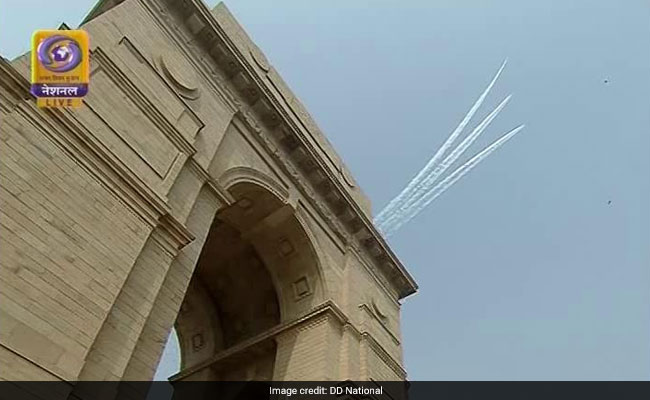
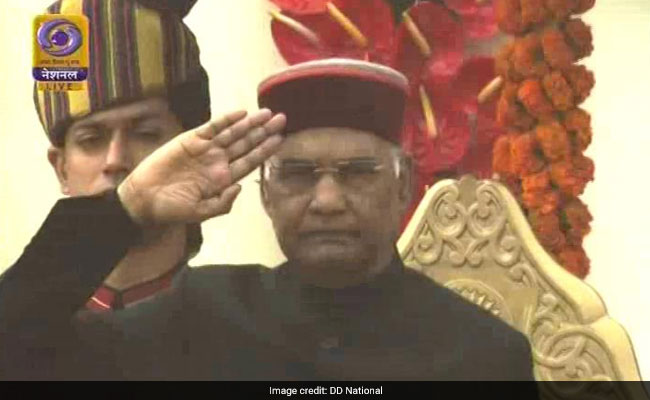

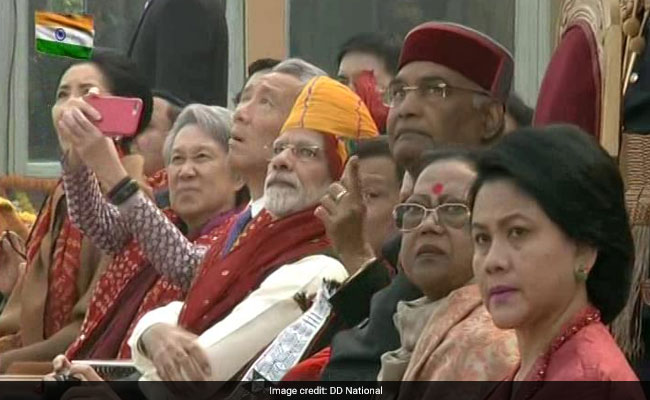
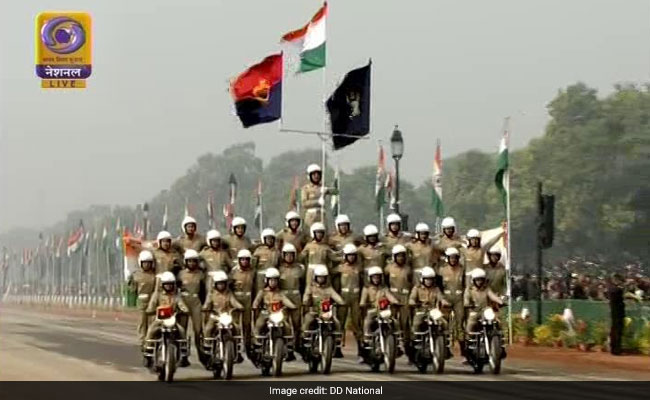

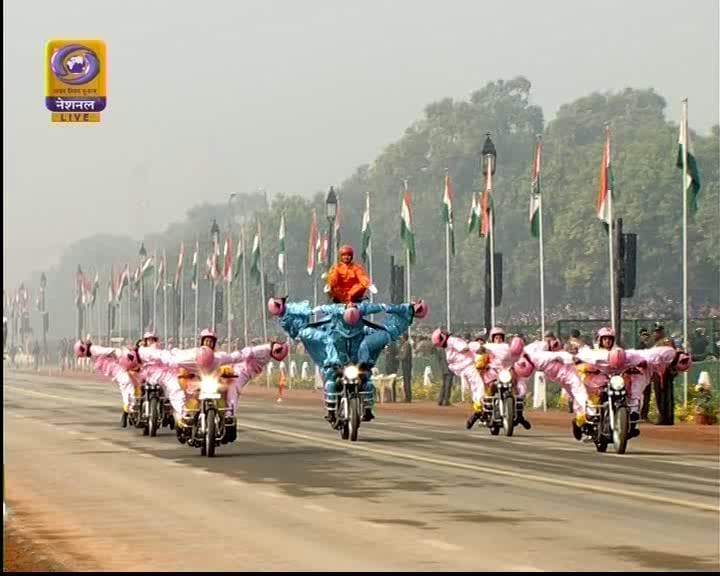

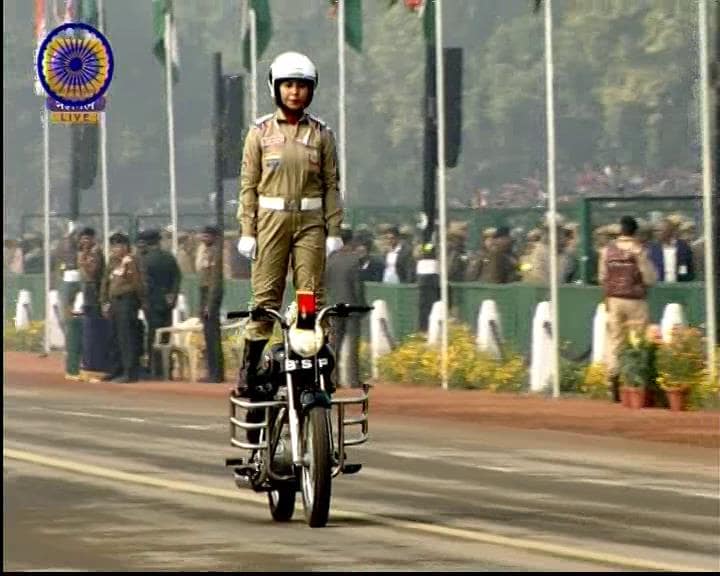
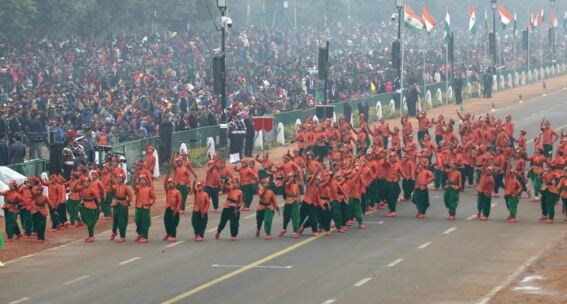
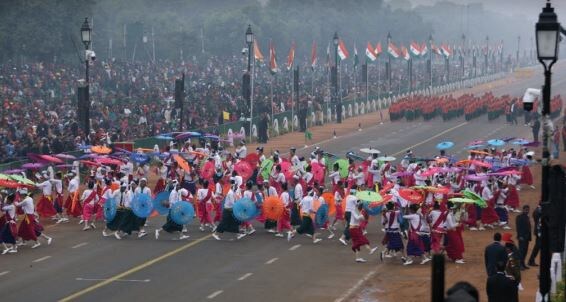
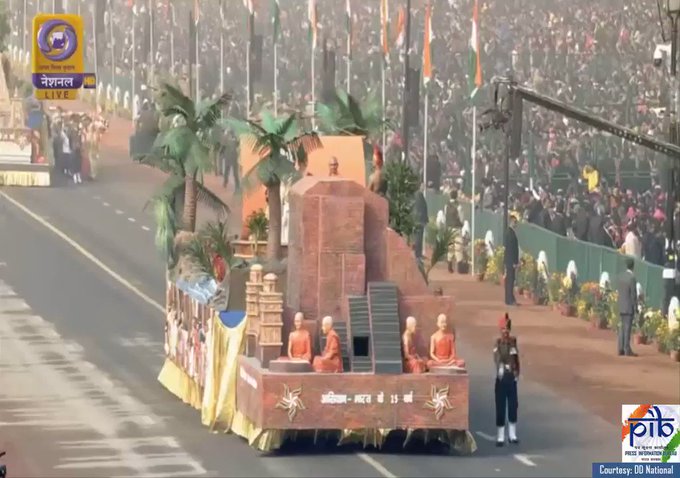
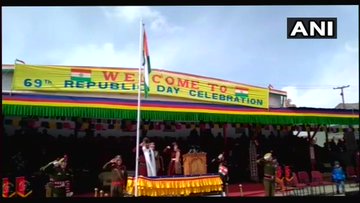
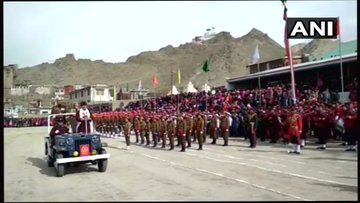
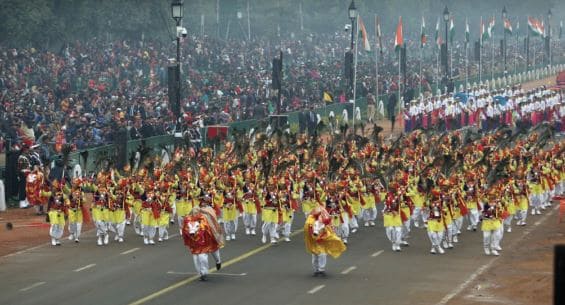

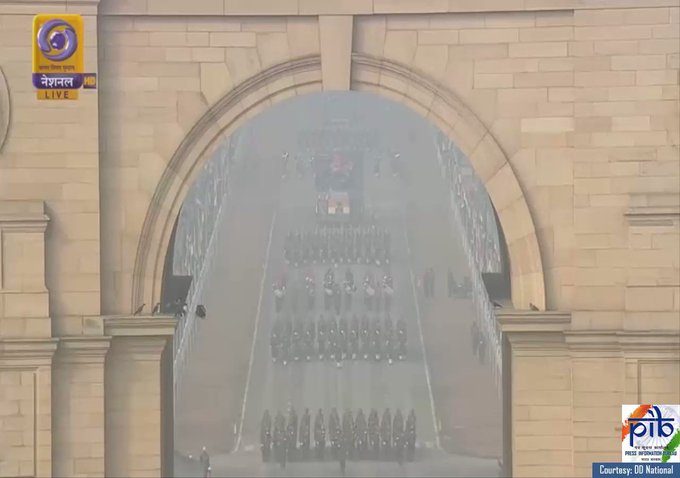

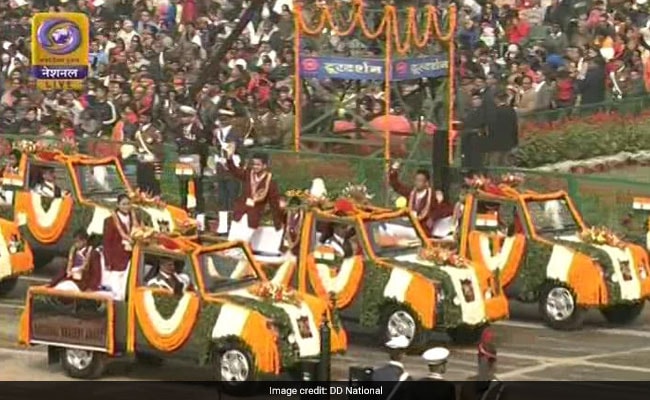
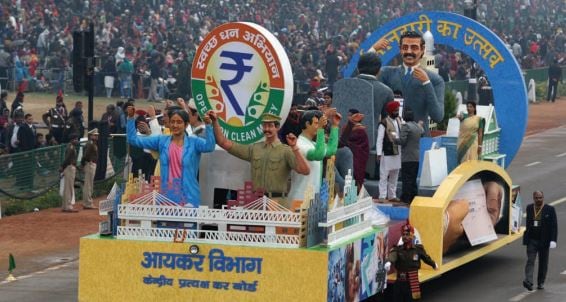
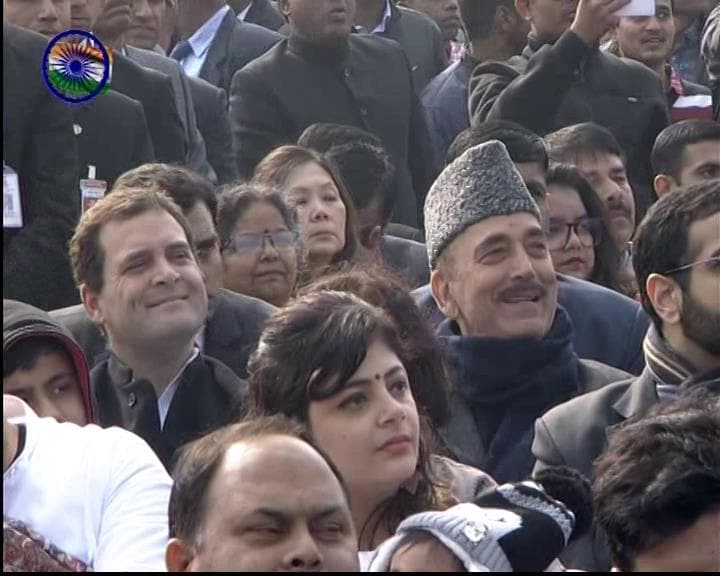
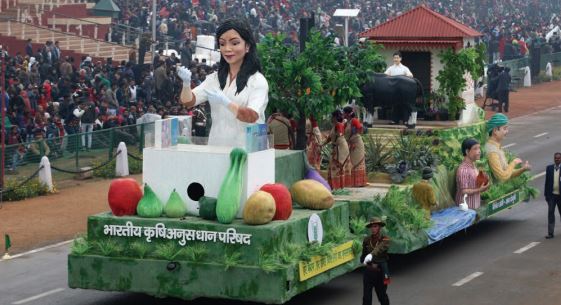
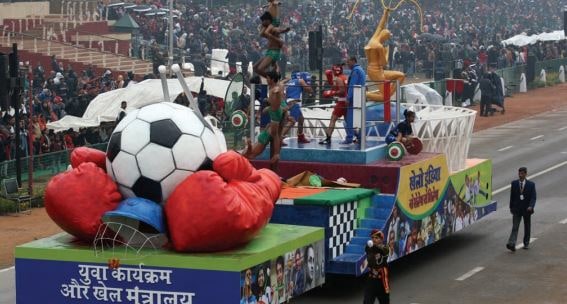
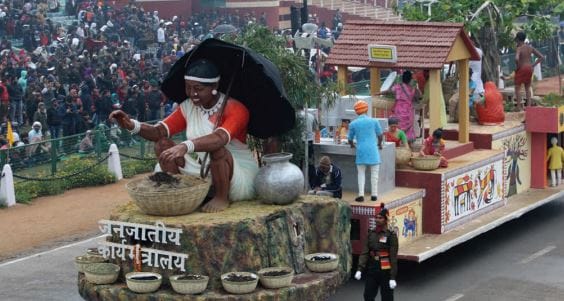
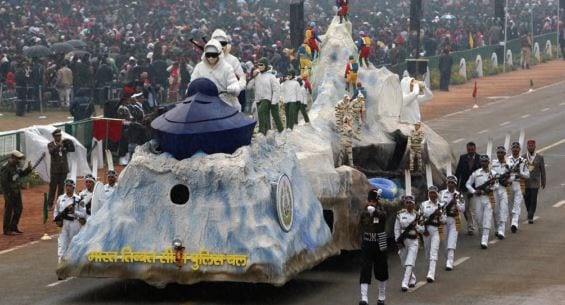
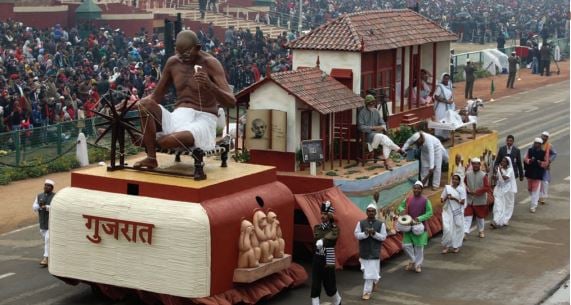




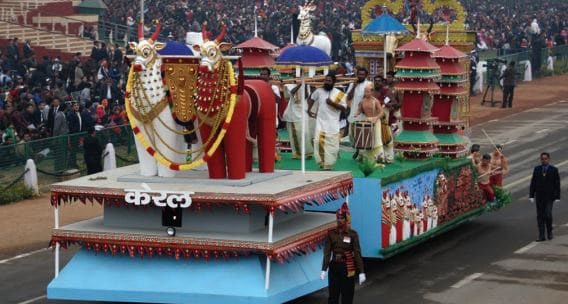
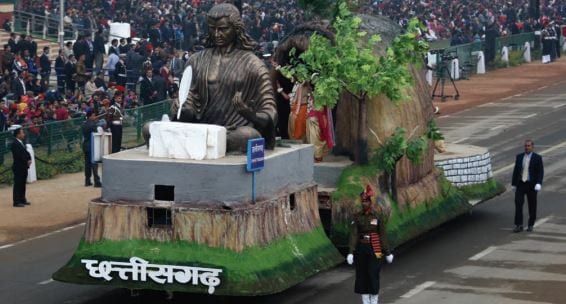
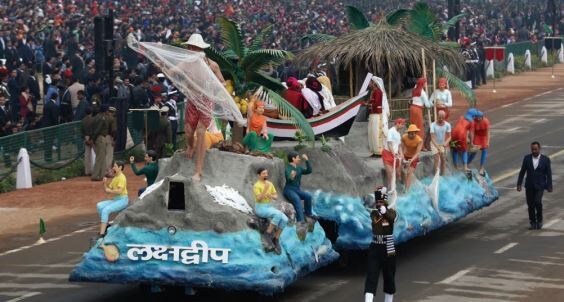
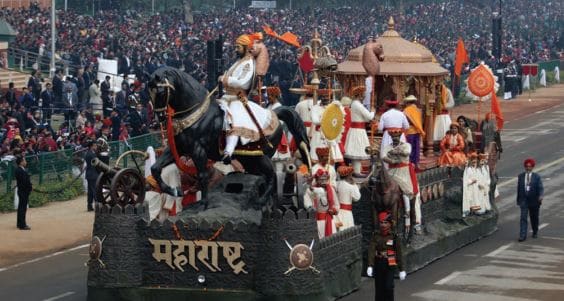
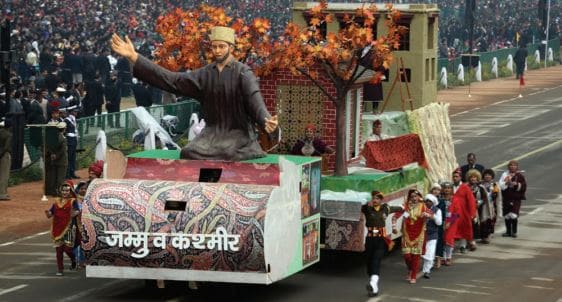
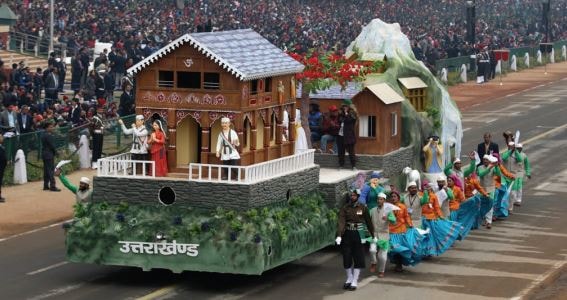
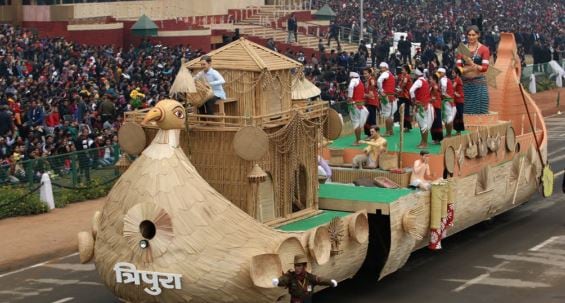
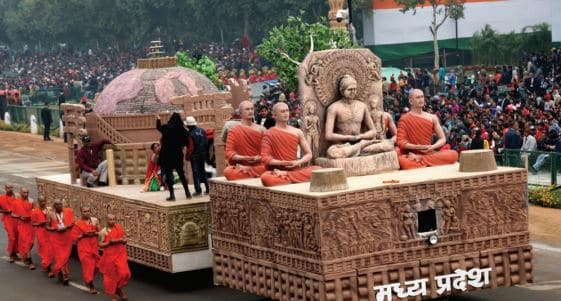
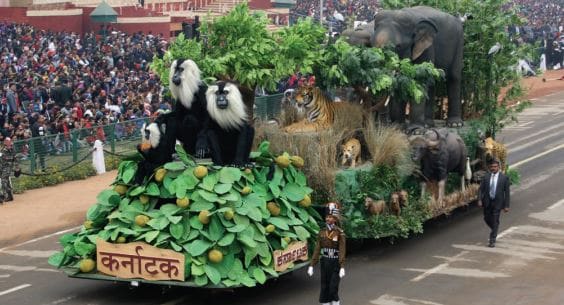
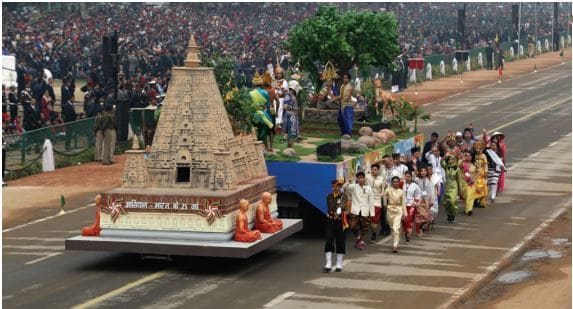


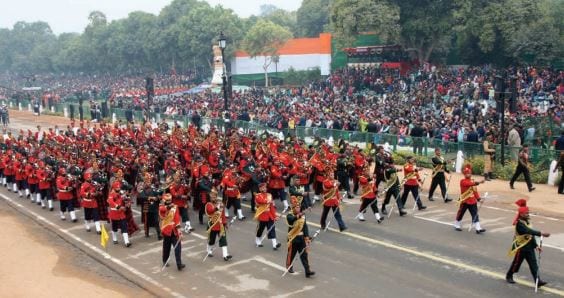
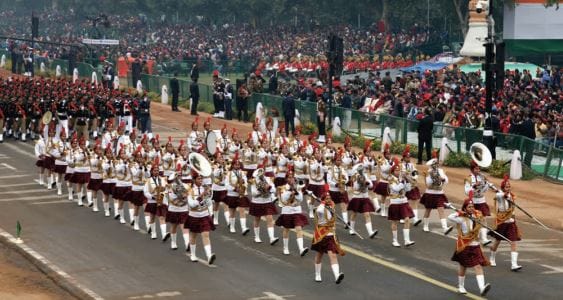
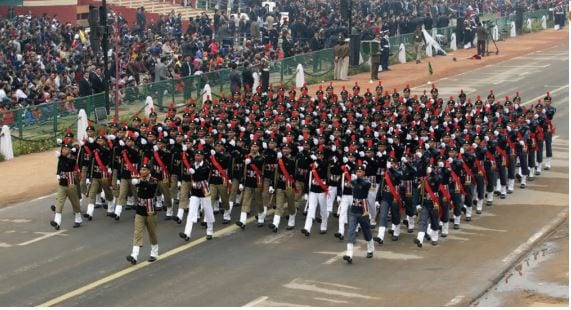
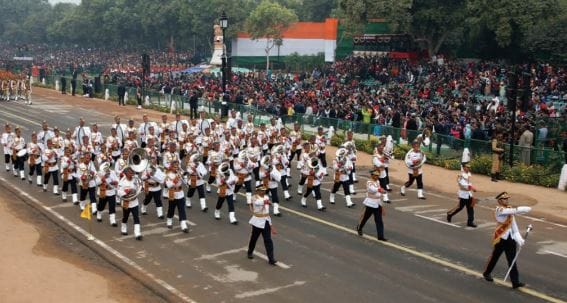
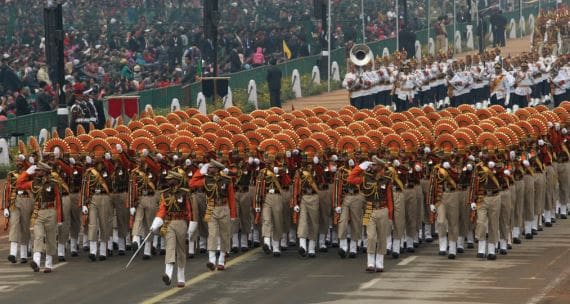
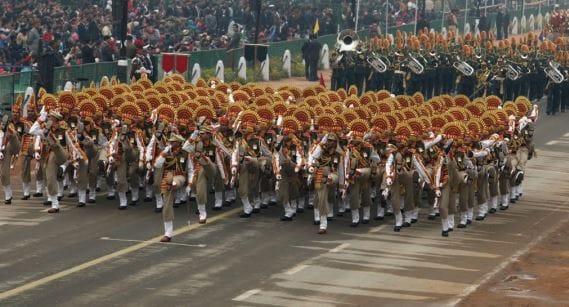
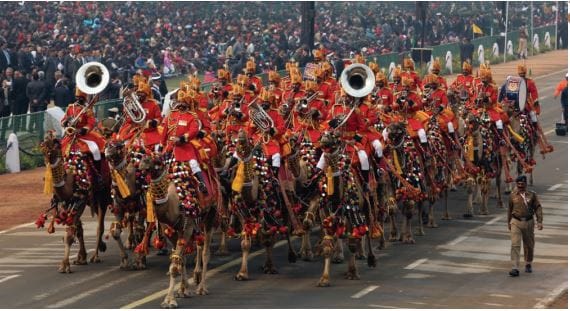

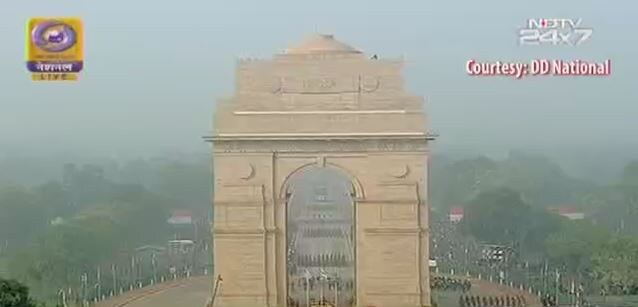


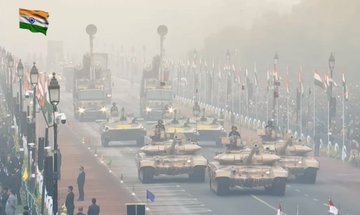
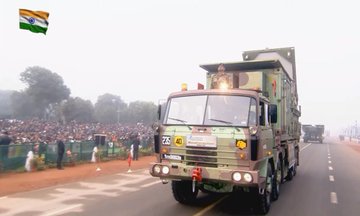
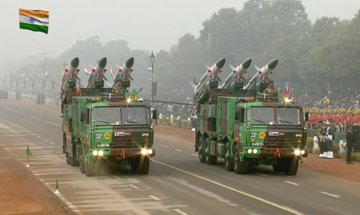
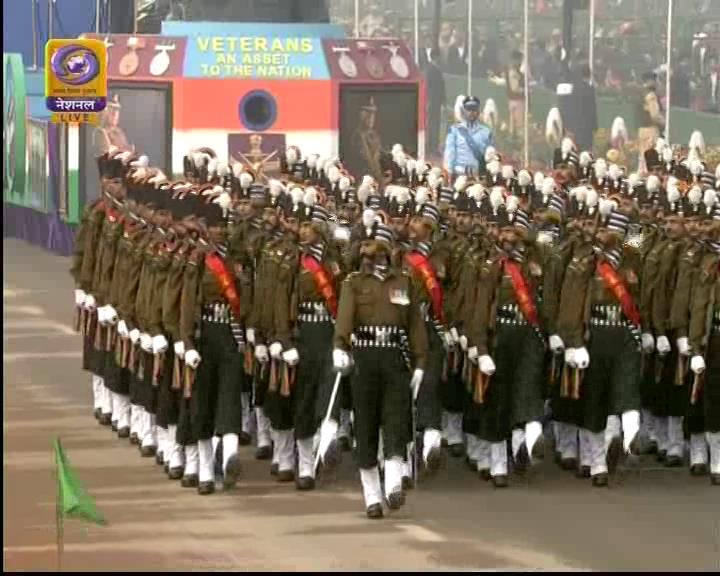 the
the 